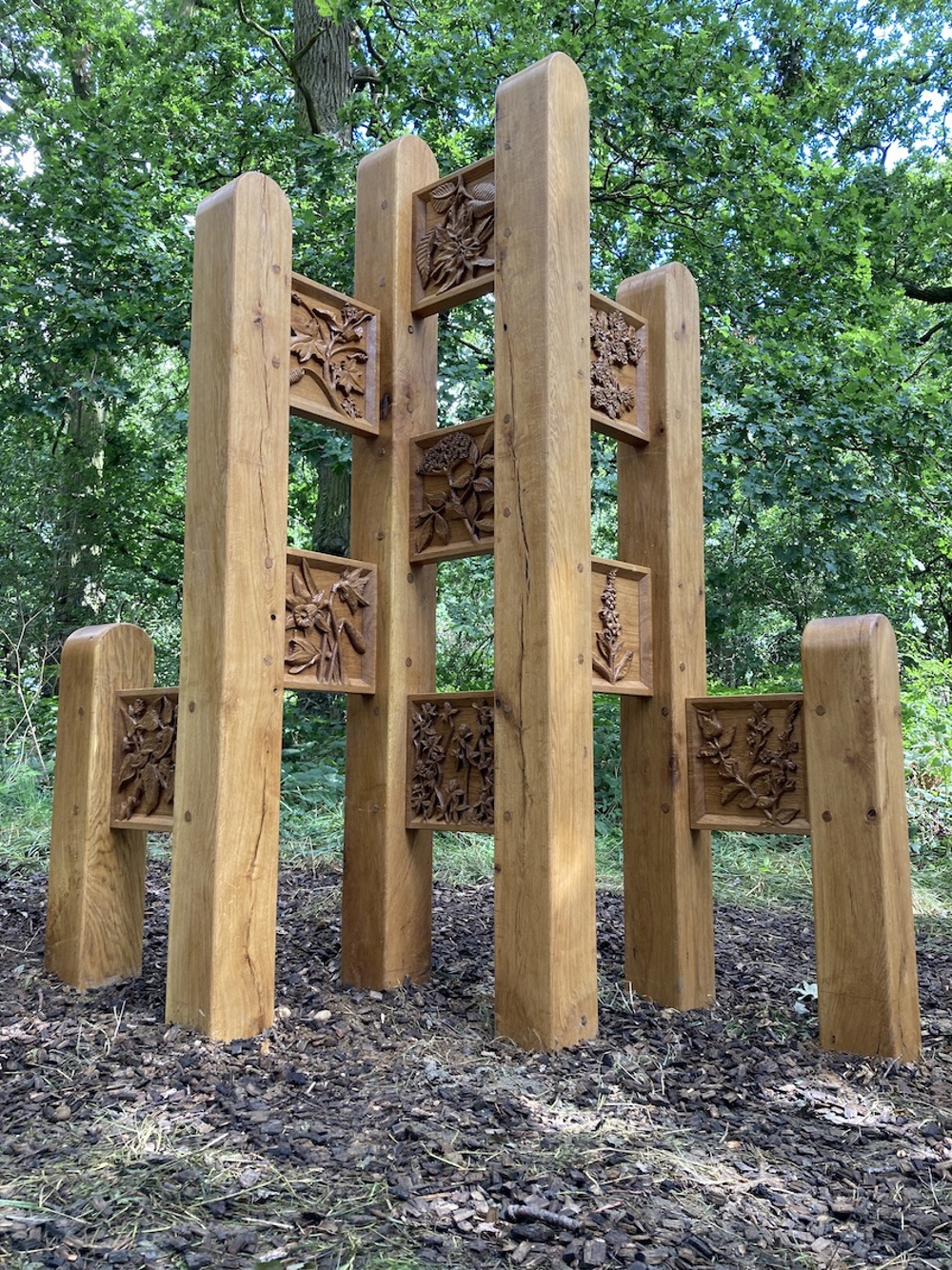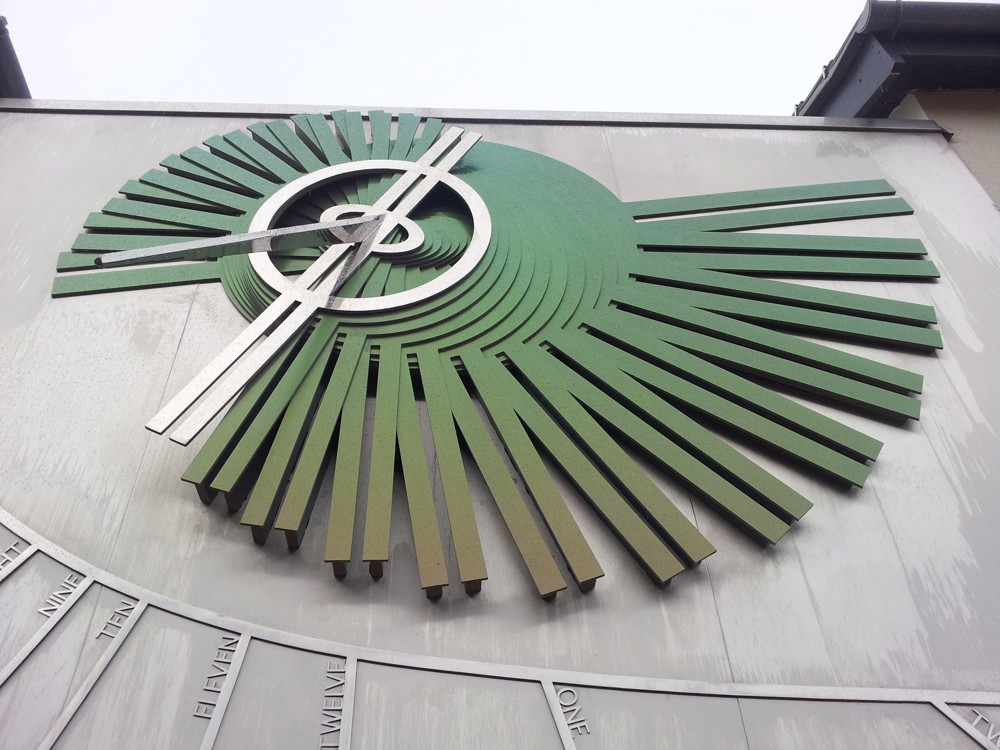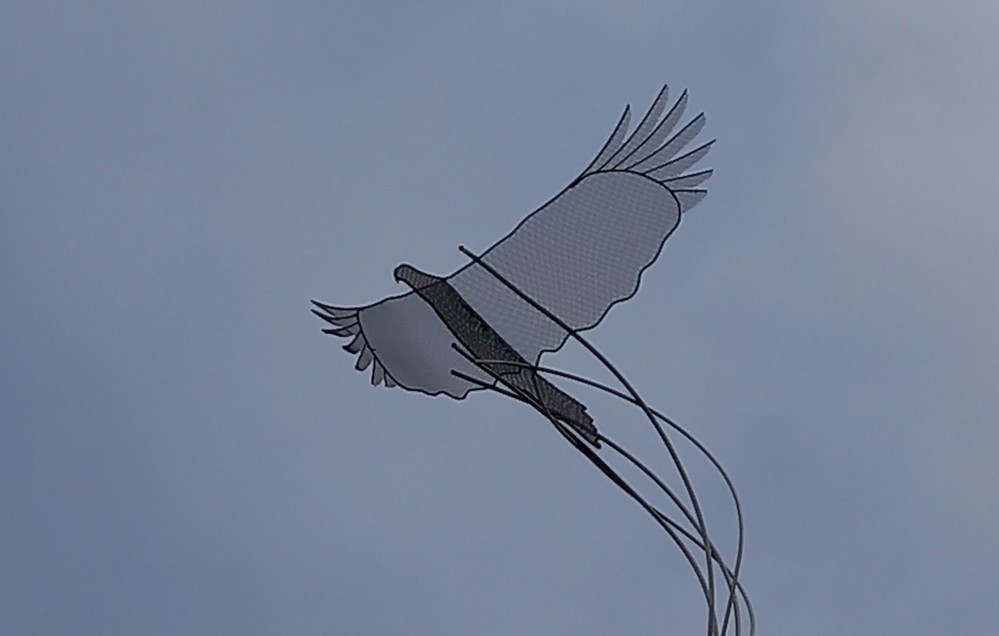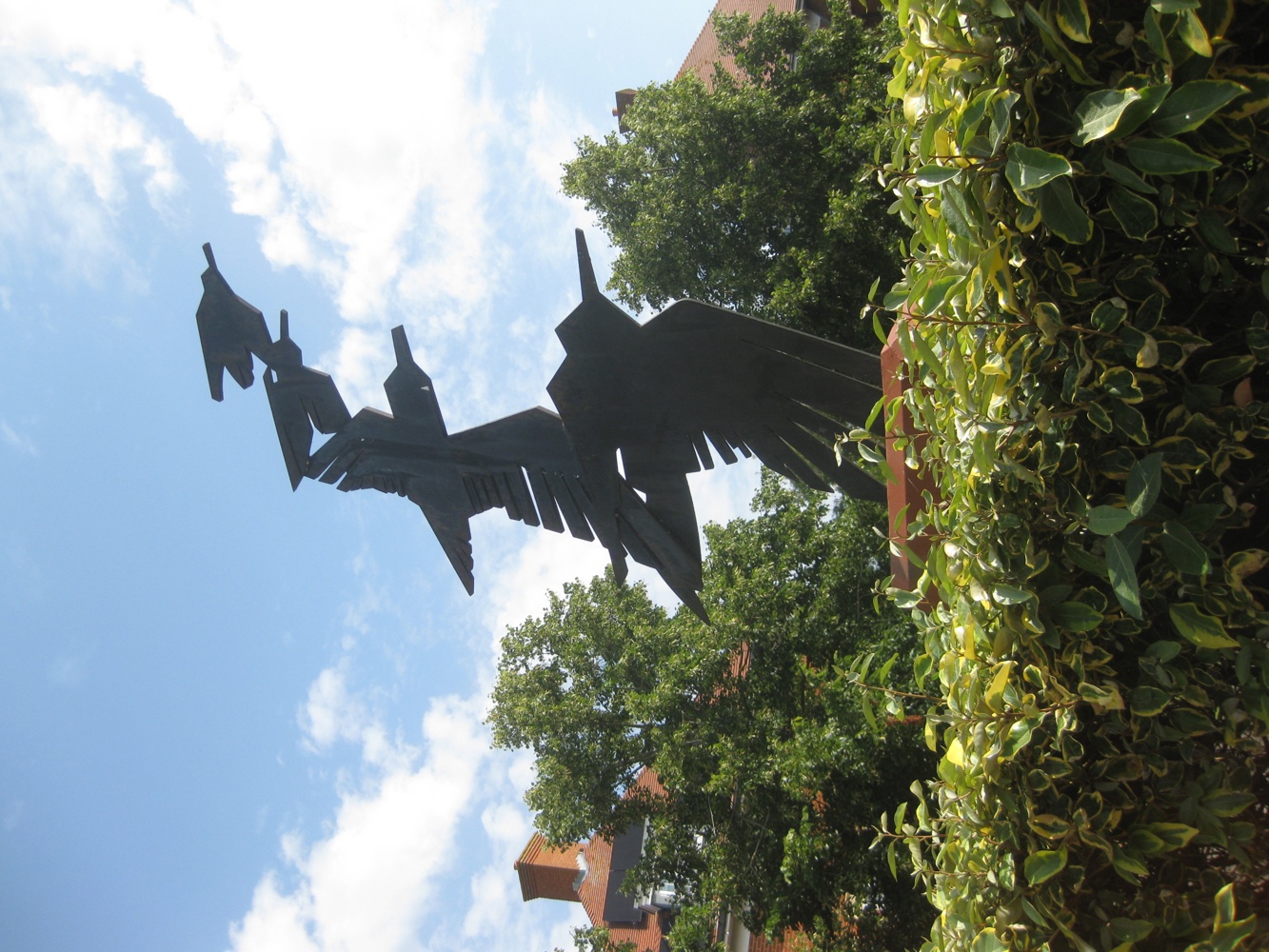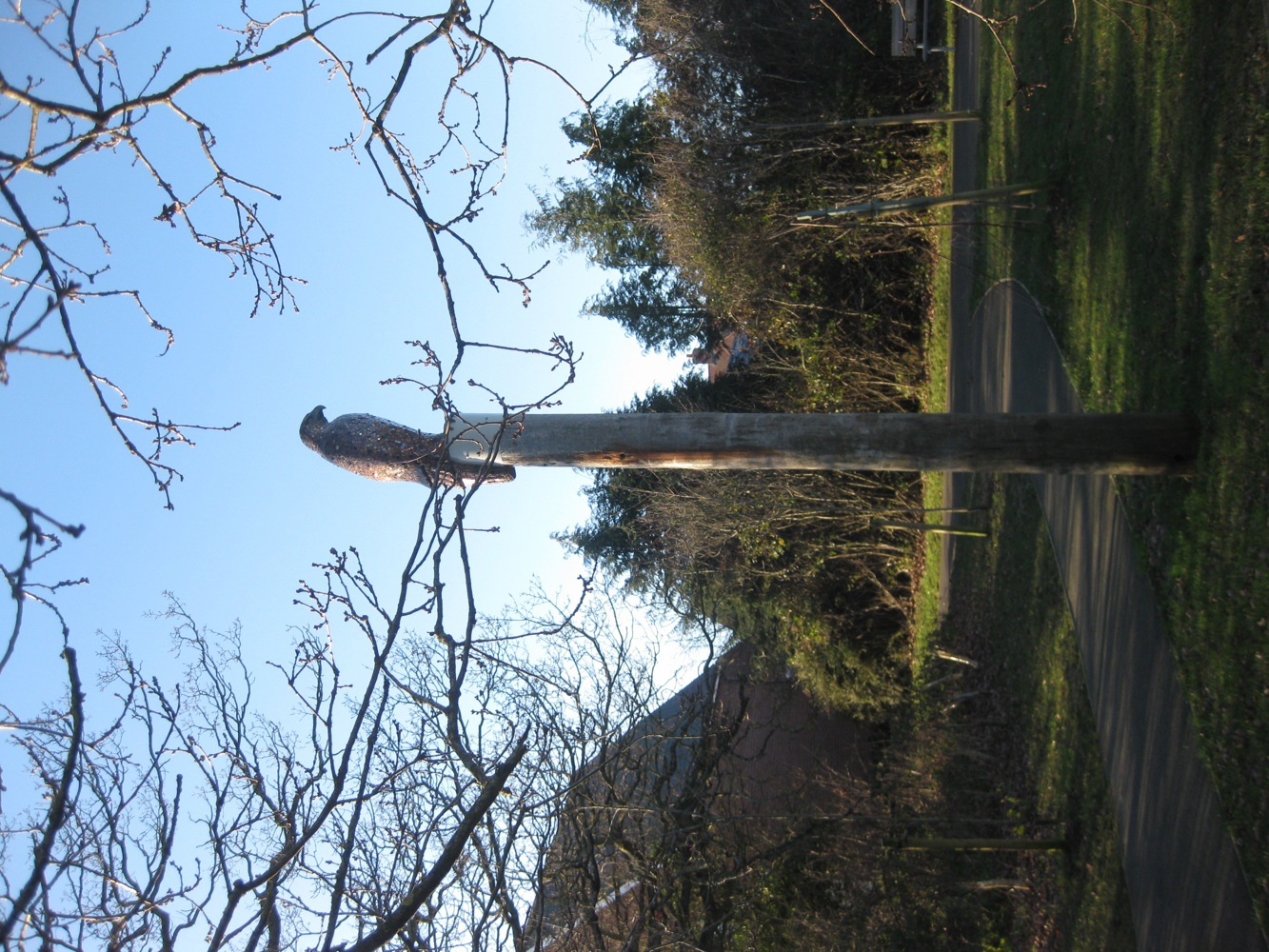Explore Chelmsford’s hidden histories through unique public artworks
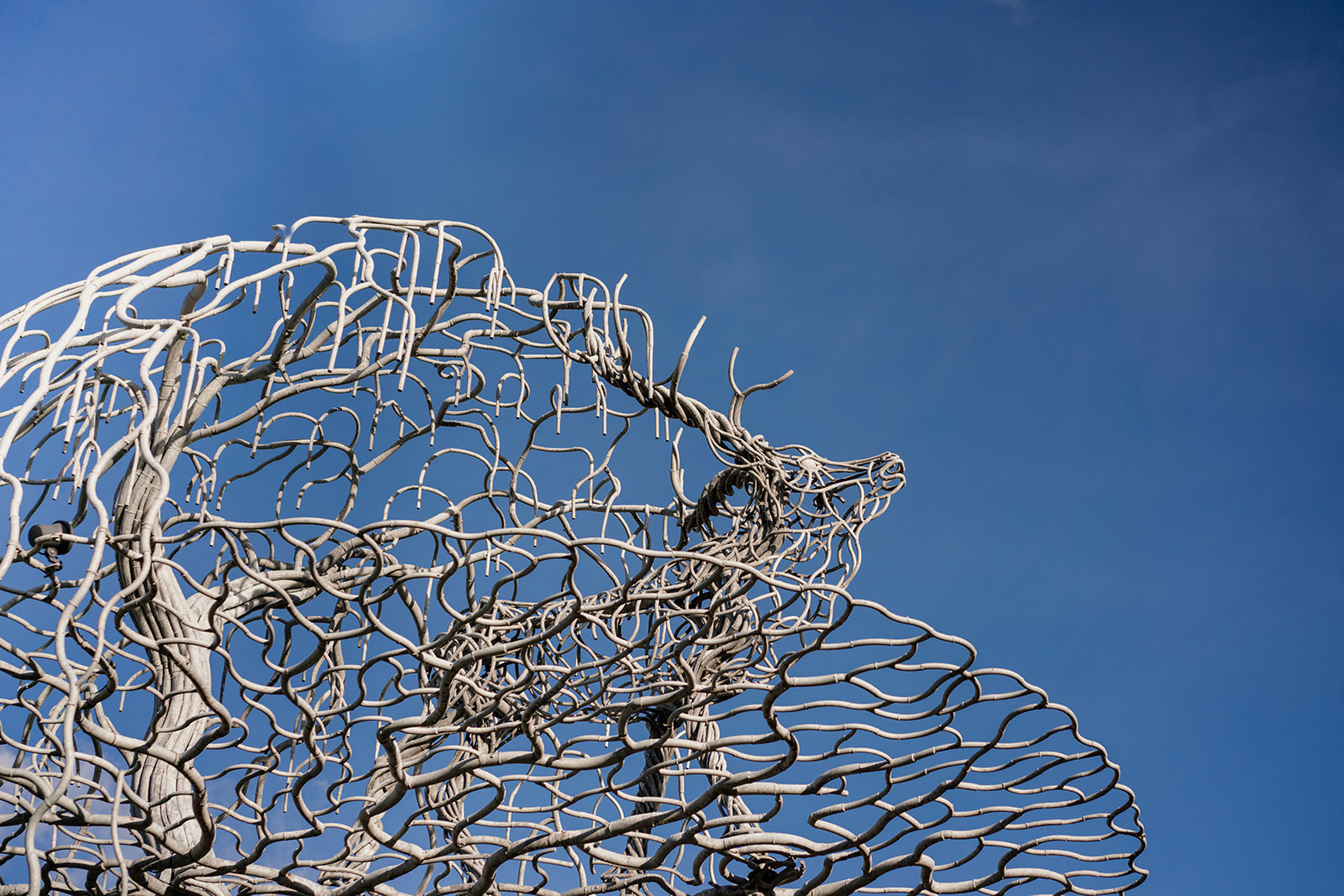
Chelmsford’s annual Heritage Open Days programme begins today, with a diverse programme for 2024 that highlights the city’s historic figures, events and buildings.
This year’s programme includes tours of historic sites around Chelmsford, such Stock Windmill and Galleywood Heritage Centre.
But did you know that Chelmsford has a huge array of public art celebrating the district’s hidden histories that’s available to see for free every day?
Public art across Chelmsford
Public art is considered any unique and original work by an artist that is situated in a freely accessible public space. Importantly, public art is the principle of involving artists in the conception, development and transformation of a place. Public art can take many forms, including sculpture, glass, craft, built furniture, or an event or festival. It may be big or small, mobile or static, integral to a building or freestanding, fine art or functional. Such pieces can brighten public spaces and remind us of our shared pasts, helping to strengthen local identities and bring people together.
There are 70 public artworks captured on Chelmsford City Council’s website, all of which mark an historic event or figure, or acknowledge an important part of the district’s identity. But there are even more pieces than this dotted around Chelmsford for residents and explorers to find.
The Arrowhead by Alan Threlfall; Apple Seat by Planet Art; Field Notes by Elaine Tribley; and Change in Time by Thomas Joynes.
Many of these artworks have been installed thanks to developer contributions and community initiatives. Chelmsford City Council is responsible for approving planning applications to install artworks in public spaces. The council’s planning team works closely with developers to enable and encourage them to commission new pieces for residents and visitors to enjoy. As a result, over the last ten years at least 33 sites around Chelmsford have benefitted from new public artworks being installed.
Councillor Rose Moore, Cabinet Member for a Greener Chelmsford, highlights the many values of having a strong public art programme:
““Public art is an incredibly effective means of increasing the social, economic, and cultural value of an area, and we’re fortunate to have so many beautiful pieces of artwork across the entire district of Chelmsford – from South Woodham Ferrers to Great Leighs.
Cllr Rose Moore, Cabinet Member for a Greener Chelmsford
“Our aim at Chelmsford City Council is to continue adding to Chelmsford’s catalogue of public art, with a vision to engage and connect with our communities; increase learning and understanding of our shared histories and identities; improve our wellbeing; and strengthen our overall pride in Chelmsford.”
We’ve been exploring some of these fascinating artworks, and thought we’d share a roundup of those that really capture elements of the district’s heritage and character. You might find some of these pieces are closer to home than you realised!
Newest artwork looks back to prehistoric Chelmsford
Chelmsford’s newest public art installation is the huge Channels Mammoth, located in north Chelmsford. The 4.5m tall sculpture was created by local artist Michael Condron, who previously designed another piece of Chelmsford art: 'Timeline' at the Essex Record Office.
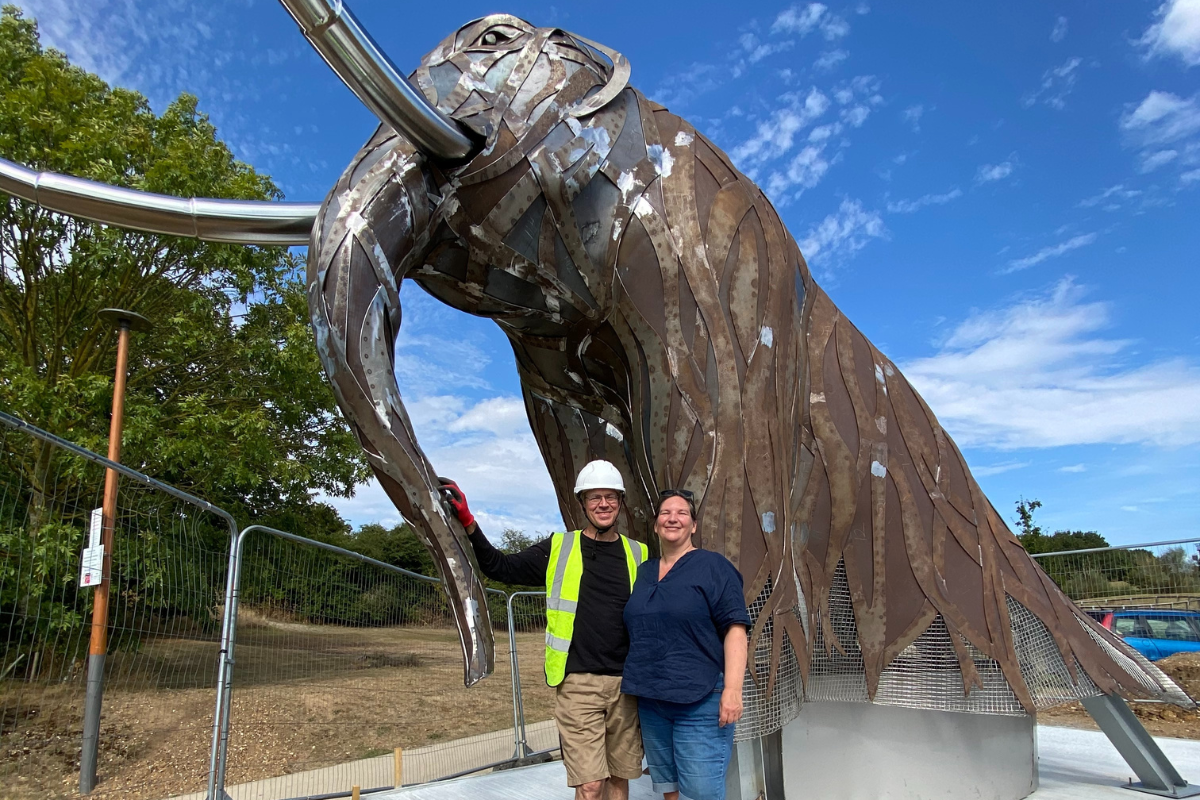
The mammoth sculpture was installed in the Channels Park development of more than 700 new homes just last week (28 August). The piece references Chelmsford’s prehistoric past and geological makeup, looking back to the last Ice Age thousands of years ago when Channels was dominated by a glacial till cliff and steppe mammoths roamed the area. The artwork was decided on through community engagement, with input from residents, parish and city councillors, local schools, and the local geological society Geo-Essex.
Deer pieces commemorate Beaulieu’s historic Tudor links
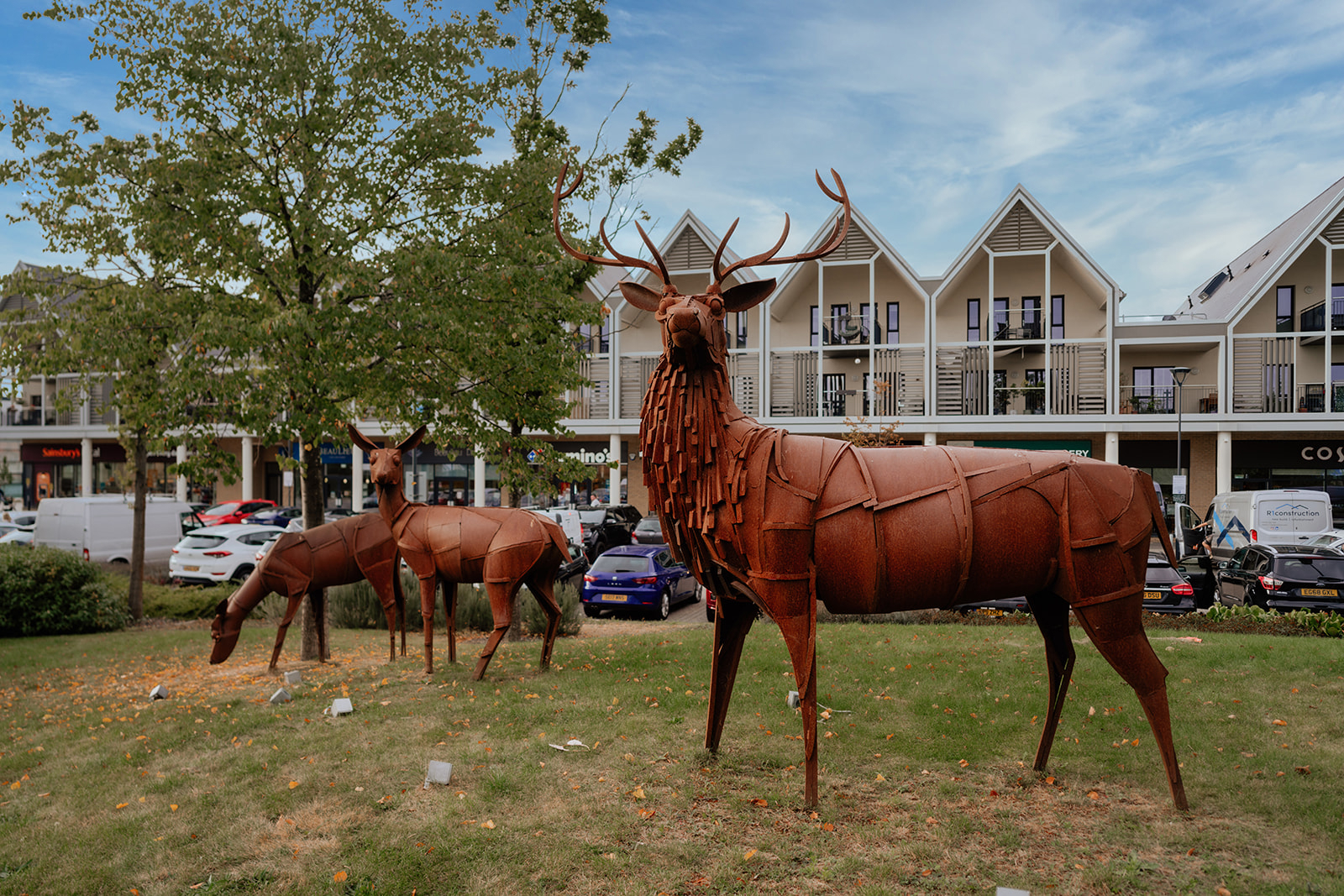
To the south of the Channels Mammoth, Chelmsford’s Beaulieu development by Countryside Partnerships features several pieces of public art commemorating the area’s past as the site of King Henry VIII’s former deer park. Jane Ackroyd’s elegant corten steel deer sculptures titled ‘Autumn Watch and Spring Watch’ welcome visitors to the estate at the Beaulieu entrances off Essex Regiment Way.
Further into the estate, ‘The Crowned Stag’ by Matthew Lane Sanderson reinforces the site’s historical royal deer park connections. This majestic eight-metre-tall spherical steel structure depicts the reflection of a stag standing beneath a tree.
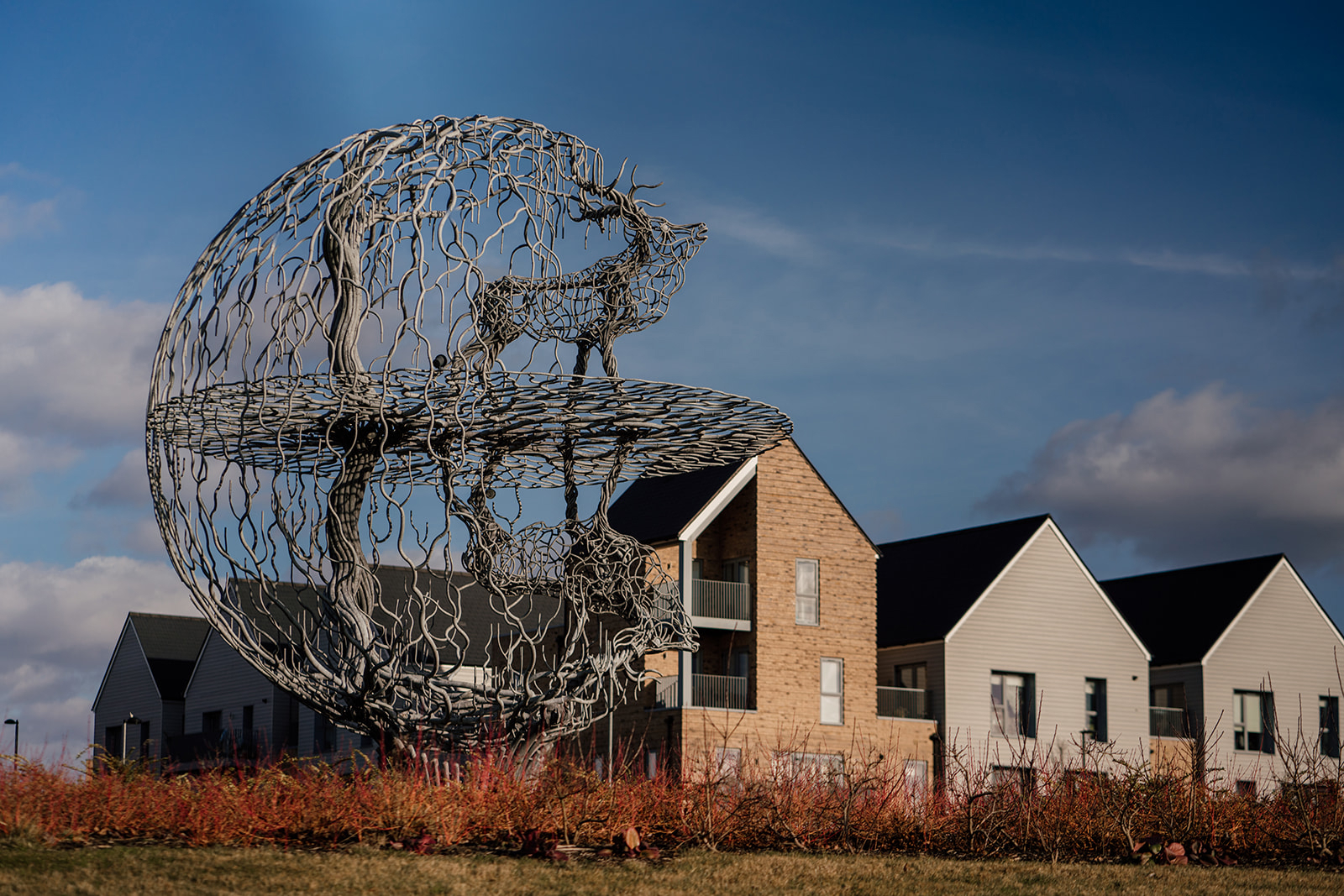
The Beaulieu estate also features several Tudor-inspired bronze ‘Books’ on stone plinths by David Mackie. These pieces reference the area’s historical deer park through poetic lines written by Tony Mitton: “But now this park where deer would graze and roam. Is where all kind of folk may make their home.”.

Highlighting Chelmsford’s diverse wildlife and plant life
There are plenty more artworks around Chelmsford depicting its wildlife and flora, including ‘Apple Seat’ in Boreham, ‘Early Sun’ in Great Baddow, ‘Mare and Foal’ in Writtle, and even a ‘Kangaroo Sculpture’ in Melbourne! There are also several artworks depicting birds, reflecting the diverse and numerous species that visit the district for its varied natural and urban environments.
Just around the corner from the Channels Park mammoth, on Eagle Way is a series of five Eagle sculptures by Thomas Joynes, ‘At rest. Launch. Sighting prey. The catch. Soaring.’ in different stances perched atop lampposts. Their mounts hold each eagle in a way that suggests wind currents bearing them aloft.
Over in South Woodham Ferrers, the ‘Flight of Birds’ steel sculpture celebrates the many birds that flock to the town’s salt marshes. While in Great Leighs, Anne Schwegmann-Fielding’s ‘The Guardian’ depicts a Buzzard, which is commonly found in the area.
One of Thomas Joynes' Eagle sculptures; Flight of Birds by Nicola Burrell and The Guardian by Anne Schwegmann-Fielding.
Closer to the city centre, there’s also the ‘Falcon’, an enamel wall piece by Tod Hanson on Bond Street, inspired by legendary local nature writer and conservationist J.A. Baker. Baker famously wrote The Peregrine, which tracks a pair of peregrine falcons observed by the author over one winter. Hanson’s artwork depicts a falcon flying through an abstract landscape, possibly representing how this once endangered species has adapted to changes to Chelmsford’s natural and built environments in recent years.
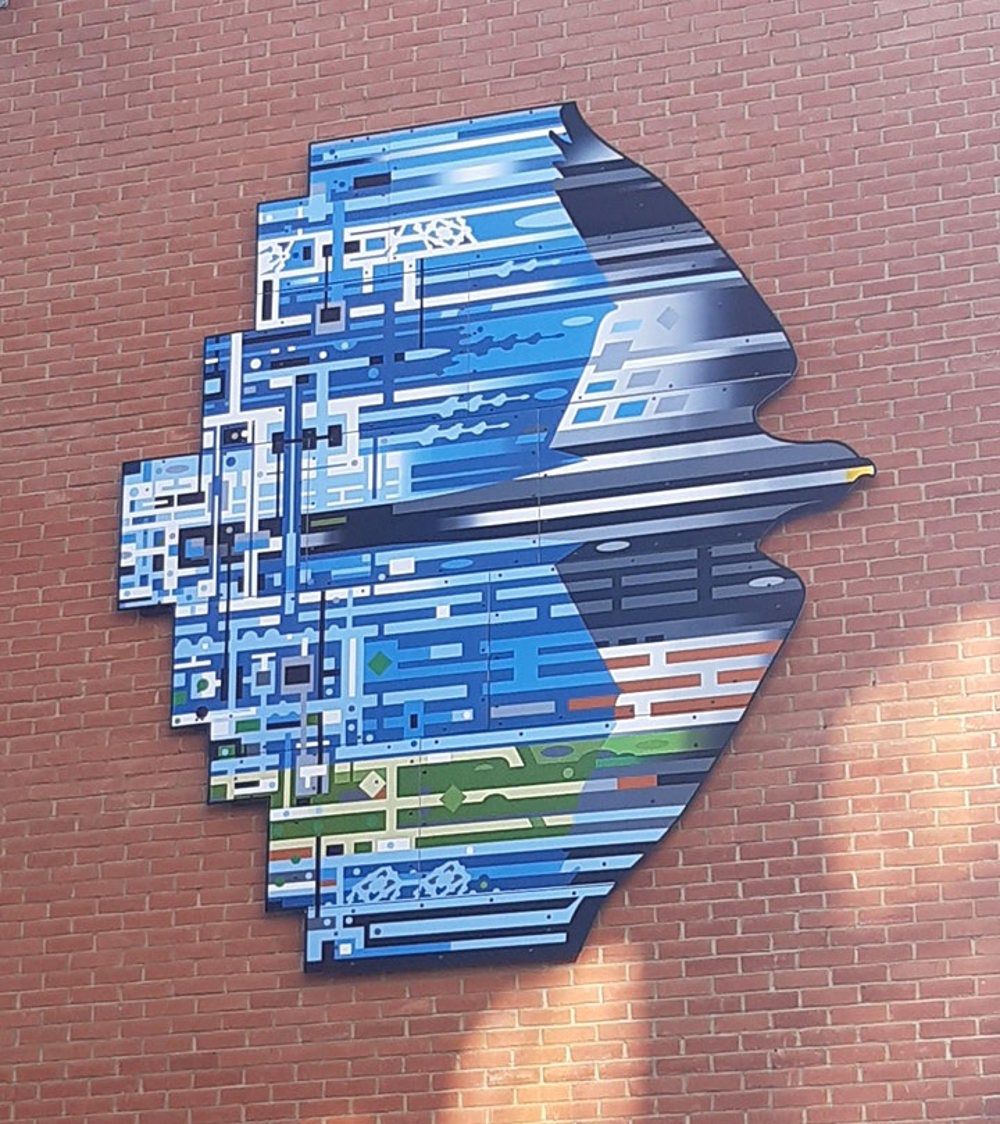
If you’re a fan of J.A. Baker’s work, or just enjoy exploring Essex’s wildlife, it’s worth paying a visit to Chelmsford Museum to see their current exhibition ‘Restless Brilliance: J.A. Baker and The Peregrine’ which examines Baker’s life and works. As part of this year’s Heritage Open Days, a special curator’s tour of the exhibition is taking place on Wednesday 11 September at 1.30pm and limited tickets are still available for this event.
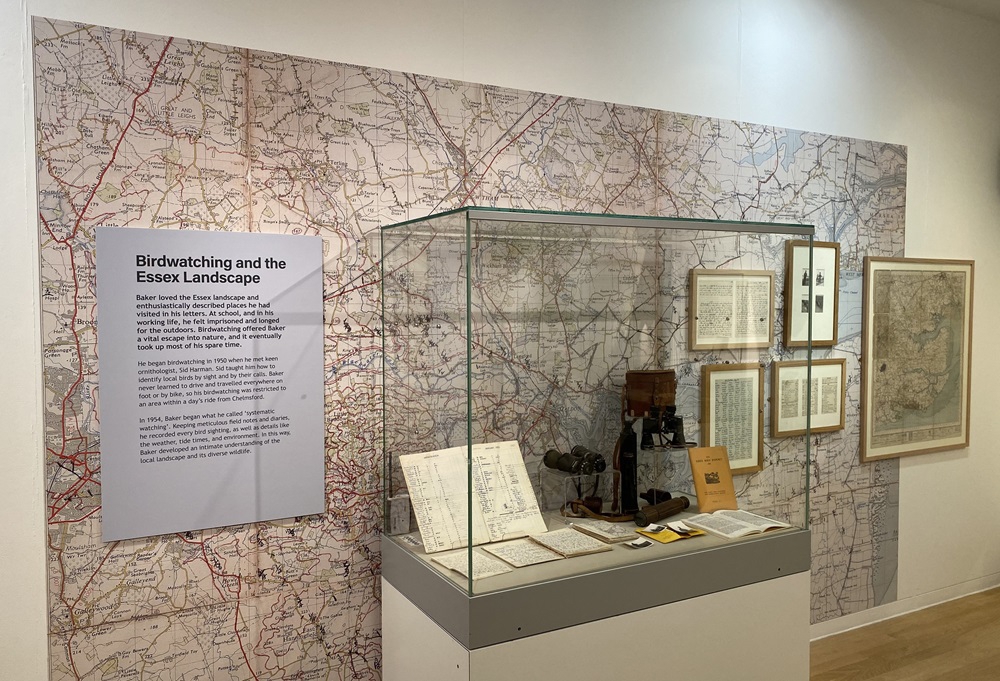
Chelmsford’s greatest innovator celebrated through artworks
Tickets for today’s Marconi Walk for Heritage Open Days may be sold out, but you can still explore the history of the father of radio in your own time through a couple of public art pieces located in Chelmsford City Centre.
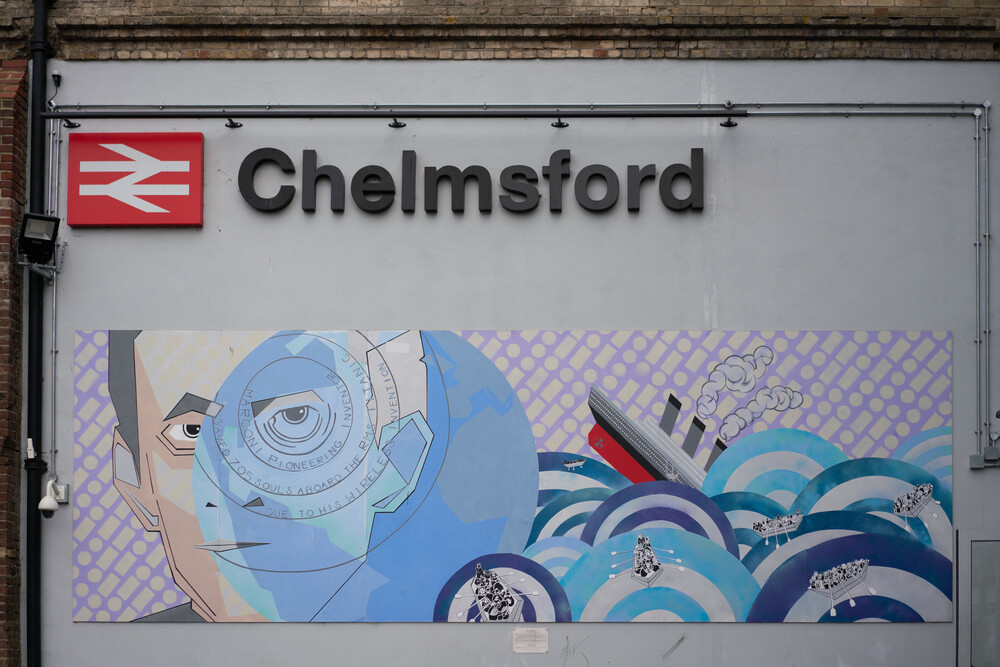
At Chelmsford Station's entrance is the large and colourful ‘Marconi Mural’. This piece tells the story of the inventor of wireless radio, and how he established the world’s first wireless factory in Hall Street in Chelmsford. It also depicts how Marconi’s invention led to 750 people being rescued from the Titanic as it sank, thanks to the wireless distress signals the ship was able to emit. This piece was created by artists Nick Haydon and Victoria Button in collaboration with young people from the YMCA Young Carer’s Group.

Over in Marconi Plaza, near Chelmsford Theatre, there’s also a statue of Marconi himself, depicted holding a radio microphone in one hand and projecting a lightning bolt from the other hand. The bronze piece was created by Stephen Hicklin in 2003 and temporarily situated in the Essex Record Office until a permanent home was found in 2008 at Marconi Plaza, thanks to planning negotiations with a local developer. Joint working between the developers, the landscape designer and Hicklin resulted in the addition of a stainless-steel plinth and bronze platform to raise Marconi off the ground, making the piece a standout feature in this public space.
There are several other works of art that celebrate Chelmsford’s innovations in science and technology, including ‘Celestial Fix’ at the Army and Navy on Parkway, and the ‘Change in Time’ sundial on Smith Hughes Close.
Broomfield art inspired by a princely burial
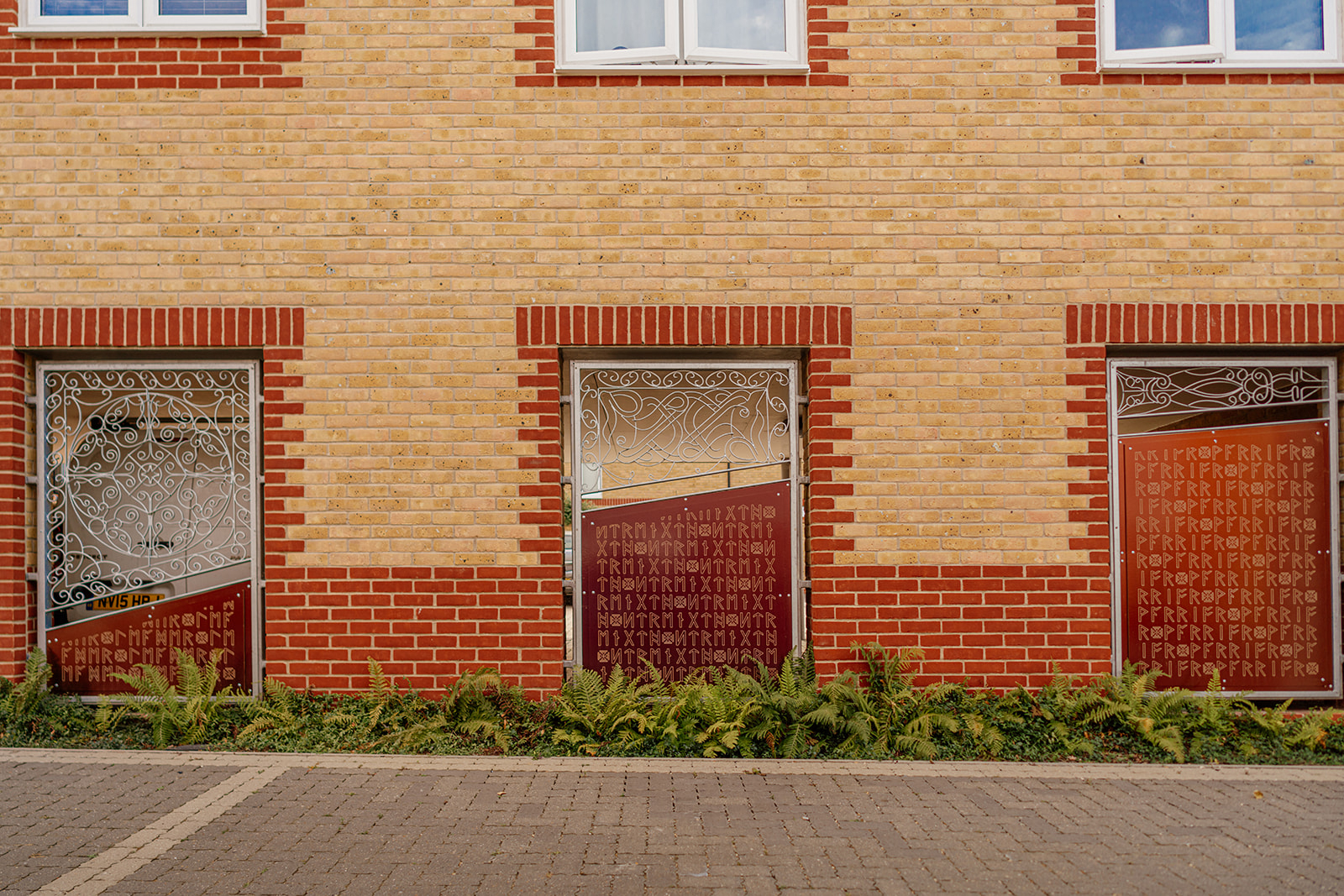
If you plan on visiting Broomfield for the Heritage Open Days’ talk and tour at St Mary with St Leonard’s Church on 15 September, you might also want to stop at the nearby Ashford Place to see the exquisite ‘Life and Times’ artwork. The piece is inspired by and sits next to the site of Chelmsford’s famous 7th-century Anglo-Saxon Broomfield Burial. This piece features metal shapes inspired by Anglo-Saxon artwork discovered in the area, as well as a series of patterns based upon Anglo-Saxon runes.

Another piece of public art inspired by the Broomfield Burial is ‘Hidden Histories, Secrets of the Land’. This complex piece at Perry Croft by Fiona Heron considers the ideas of treasures uncovered through a multi-element installation. Part of the artwork features modern-day treasures visible in portholes in the ground – buried but still seen, whilst another aspect references the Broomfield Burial shield through circles.

You can find out more about the Broomfield Burial for free at Chelmsford Museum, where an extensive display showcases finds from the burial and interprets the site’s history through interactive elements.
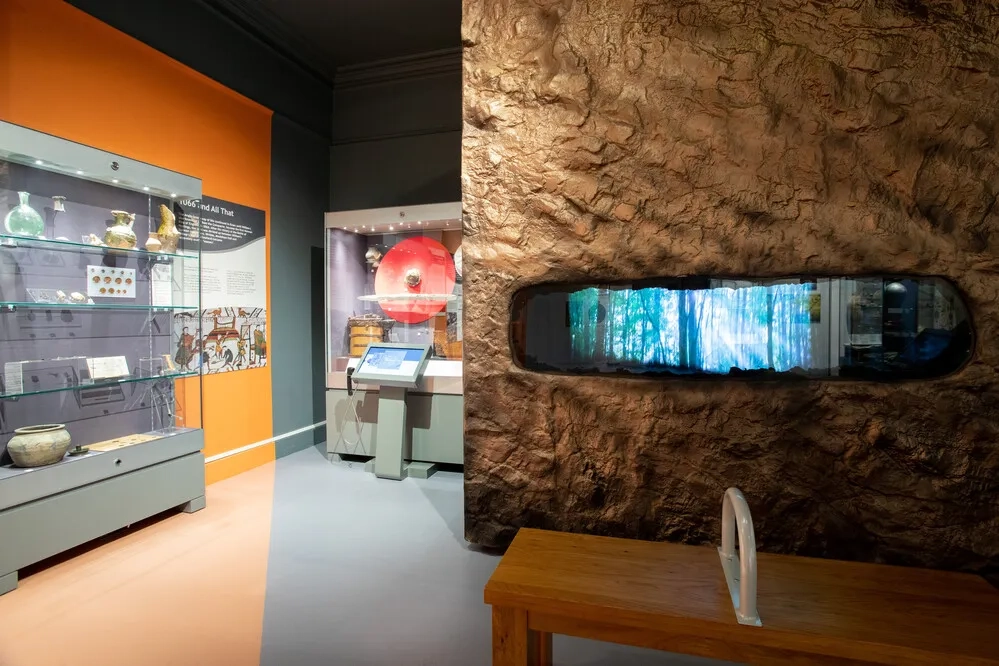
Sustainable pieces to elevate Chelmsford’s parks
A new addition to this year’s Heritage Open Days programme in Chelmsford is a community rock snake coming to Boleyn Gardens! Chelmsford residents and visitors are being asked to help slinky the rock snake grow by adding their own painted rocks to the display. The theme for the rock snake is simply ‘history’ so paint your rock with a figure or scene from Chelmsford’s past.
And while you’re visiting Boleyn Gardens for the rock snake, you could also check out the ‘Chess Pieces’ by Dennis Heath. These five large-scale chess pieces were skilfully sculpted by chainsaw from deceased local oak trees, transforming and recycling dead materials from our green spaces into stunning works of art.
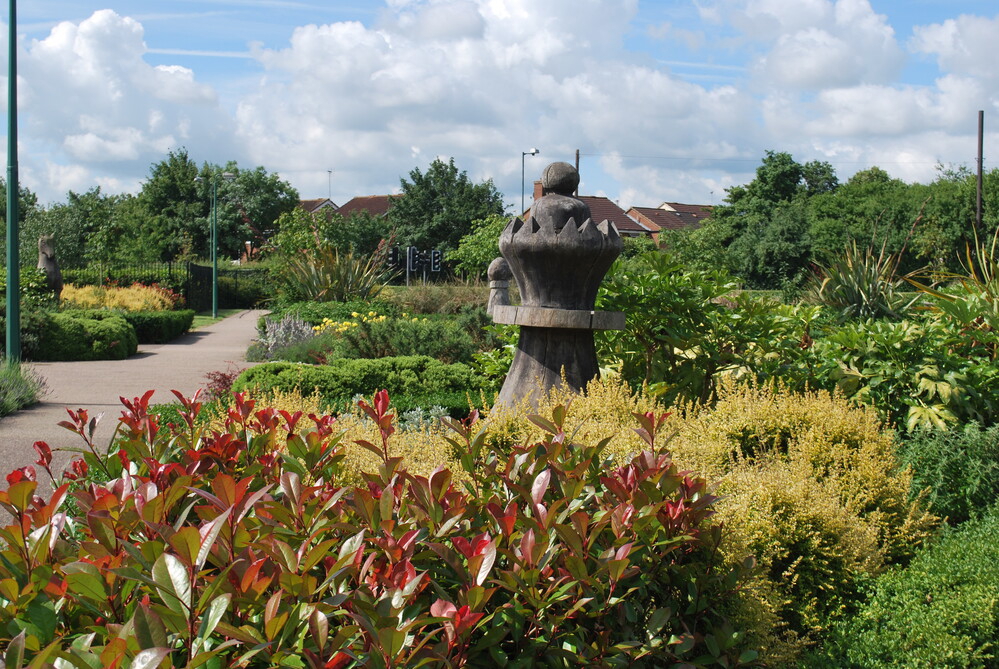
Another piece of public art that explores the use of sustainable materials is the ‘Recycled Garden’ at Tower Gardens in Admirals Park. Commissioned by Chelmsford City Council’s Parks team, this project saw a group of home-educated children design their own recycled garden. Working with local artist Peter Harrington, the childrens’ ‘Recycled Garden’ features a pathway made of recycled bottle tops and a recycled mosaic sundial centrepiece. The children’s chosen themes for the piece were fire and ice, spirals and the five-senses.
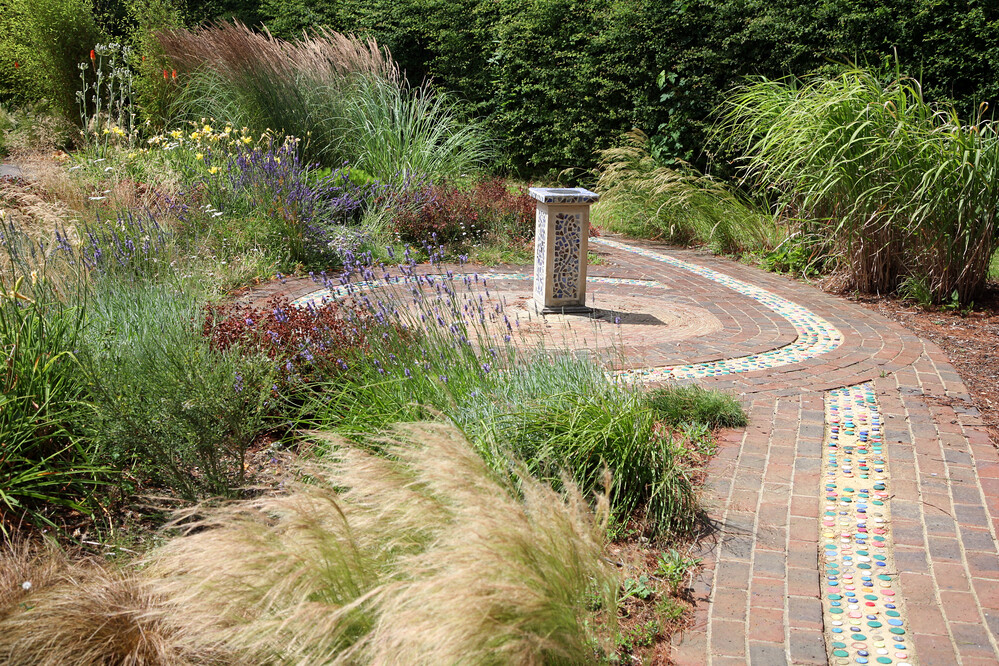
Challenge yourself to see all of Chelmsford’s public art
With more than 70 artworks around Chelmsford, some as far as 14 miles apart, could you set yourself a challenge this autumn to get outdoors and see as many as possible? Visit Chelmsford City Council’s website to find a list of artworks and a map of their locations.



